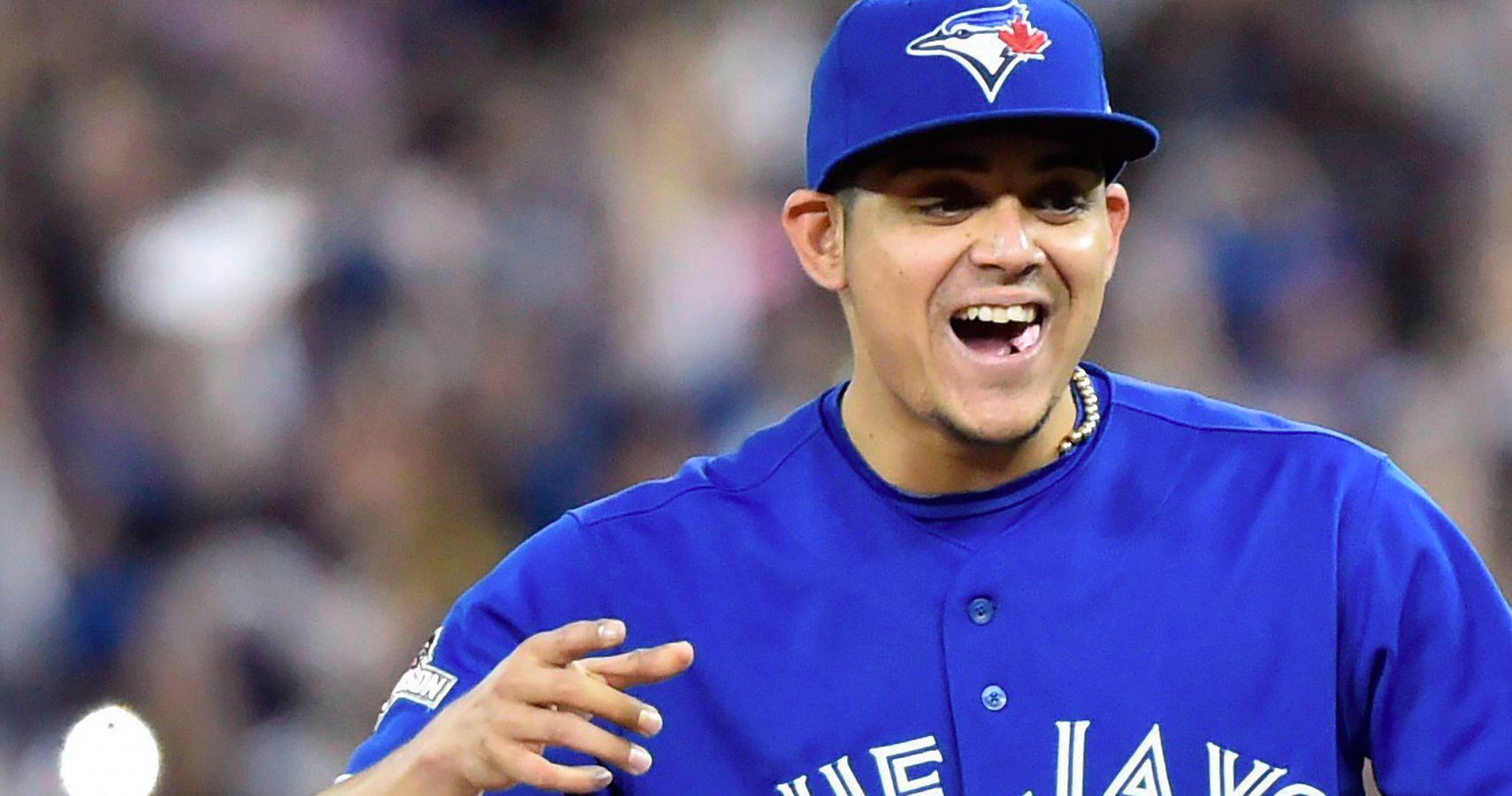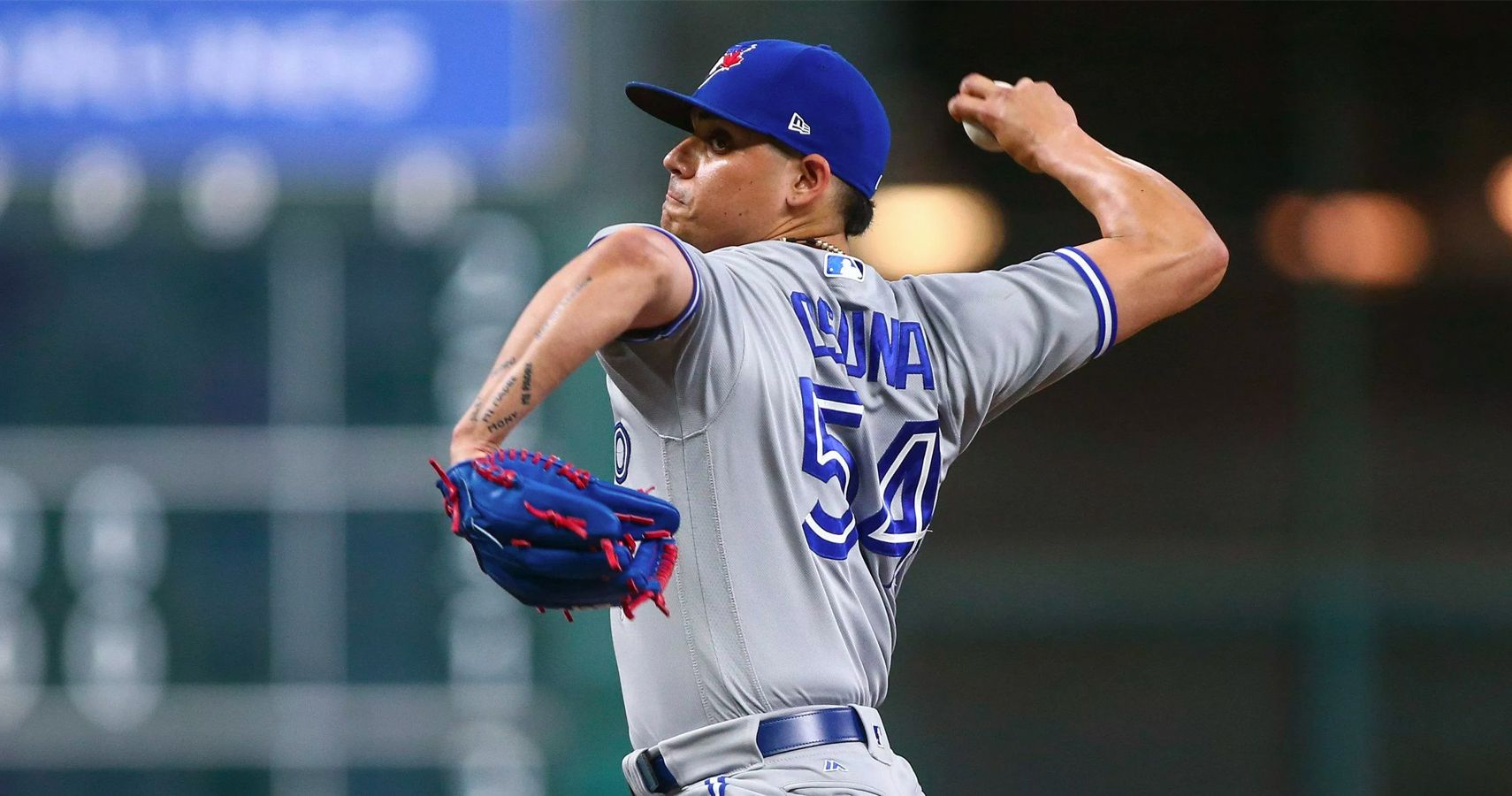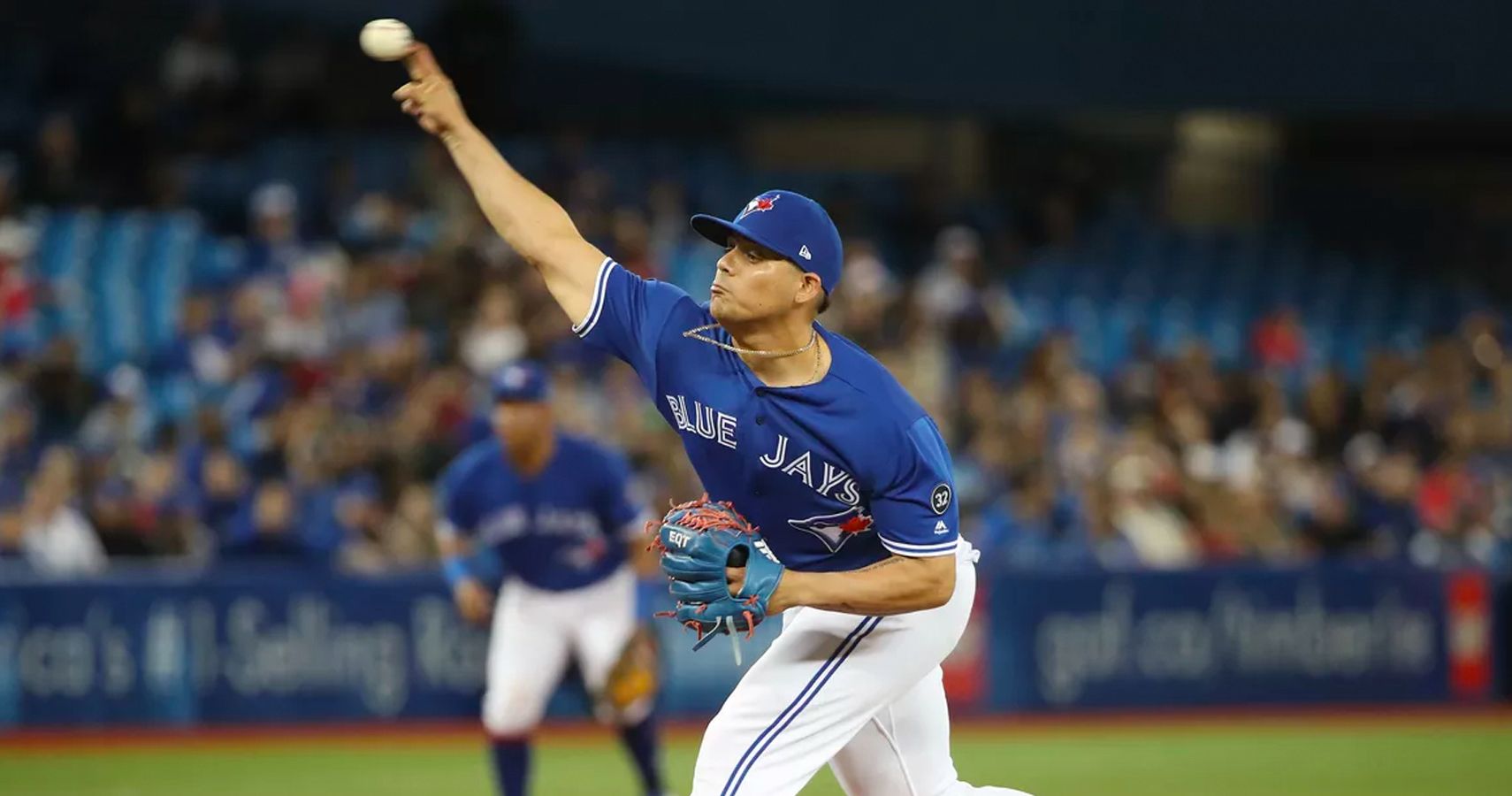The Blue Jays have officially traded Roberto Osuna to the Houston Astros, and as a big-time move, there's a lot to analyze.
This is a trade that Jays fans were expecting for a while. Osuna is a top-flight relief pitcher with a history that's hard for the franchise to get past, but he still had value as one of the more productive members of their roster. Despite his history, the Jays were able to actually acquire some players that may be able to help them now and in the future.
The main piece coming to Toronto is Ken Giles. While the Astros soured on him, he has the skills to be a high-quality closer/late inning reliever. The only reason the Jays were able to get him in this trade along with two high-end prospects is because Giles is pitching terribly this year and had issues with Astros manager A.J. Hinch earlier this season.
Ultimately, both Osuna and Giles were players in need of a change of scenery because of various circumstances. This could be a great move for both teams as Osuna is a known elite pitcher. Over his career with the Jays, he compiled an eight and 13 record, a 2.87 ERA, 253 strikeouts and a WHIP of 0.92 at the age of 23. Obviously, the Astros are acquiring a really high-quality player.
RELATED: ROBERTO OSUNA TRADED TO HOUSTON ASTROS DAYS BEFORE SUSPENSION LIFTS
Giles, on the other hand, has been a mostly decent pitcher over his career with a 12 and 14 record, 2.72 ERA, 367 strikeouts, and has collected 77 saves. He also has a WHIP of 1.12. While not quite as elite as Osuna, Giles is still a pretty high-end player when he isn't putting up the numbers he is this year. The 27-year-old has a 0-2 record this season with a 4.99 ERA. Obviously, not those aren't great numbers, but advanced statistics show that he has mostly been the victim of bad luck this year, so he could be a great rebound candidate for the Jays for the two more years they have him.
Outside of Giles, the Jays were able to acquire two prospects in the deal to make up for the perceived loss in quality from trading Osuna. They are 22-year-old right-handed pitcher Hector Perez and 24-year-old right-handed pitcher David Paulino. Paulino was the fifth-ranked prospect in the Astros organization for the 2017 season, he was also the 51st ranked prospect by Baseball America in that same year. He is instantly among the top 30 prospects in the Jays system hitting the 20th spot. Perez instantly goes all the way up to the 11th ranked prospect in the Jays system after this trade. While prospects, especially pitchers, usually flame out, both Perez and Paulino have enjoyed cups of coffee at the majors already and Ross Atkins, the General Manager of the Toronto Blue Jays, considers them "near major league ready," so supposedly the Jays just helped themselves in the interim and have helped themselves in the future as well.
RELATED: MLB PLAYERS WHO WILL REGRET SIGNING WITH THEIR CURRENT TEAM
So, since the Jays were able to acquire a high end, albeit struggling relief pitcher and two prospects that rank highly within their system, this actually indicates a market inefficiency when it comes to baseball. MLB teams over-value the save statistic. This is because a closer typically only pitches a few times a week and totals between 70 to 90 innings a season. Obviously, some closers hit more innings than that. Experts have even noted at times that the save is an antiquated statistic. While it is important to minimize runs, it should make no difference if a relief pitcher comes in a close game, in the middle innings, or in the later ones as the runs all mean the same. The save only counts if the pitcher is able to get the final out in close games. Because of this, teams are willing to throw in players who have a high value when they make trades for closers and are willing to over-pay in free agency.
That's why the Jays, despite Osuna's value being hurt by his legal troubles, were still able to get a good haul for him. While this isn't necessarily a bad thing, it still shows that teams aren't willing to look at cheaper options that may actually give the team more value out of the players they utilize. Ultimately, it would be far cheaper and more efficient for teams to go with a closer by committee type of deal and sign a whole bunch of higher end relief pitchers for the same price one closer. This would also mean that teams wouldn't have to develop closers within the organization. The money saved in this manner could be used either to fill other roles in the bullpen or role players that could push the team from contender to favorites.
The type of players that are always overvalued changes every once in a while. Right now, closers are just the position that is most overvalued, even though the save is a statistic that people debate on the merit of, especially given the fact relief pitchers are generally a volatile asset and are best moved when they are having a really good season because the next year they might turn into pumpkins. Before they do so, it's best to trade those relievers for assets teams can either use down the line or in the here and now. In the baseball market, pitchers are the most valuable commodity, making it literally an arms race.
NEXT: THE MOST UNDER PERFORMING MLB PITCHERS SINCE THE YEAR 2000



